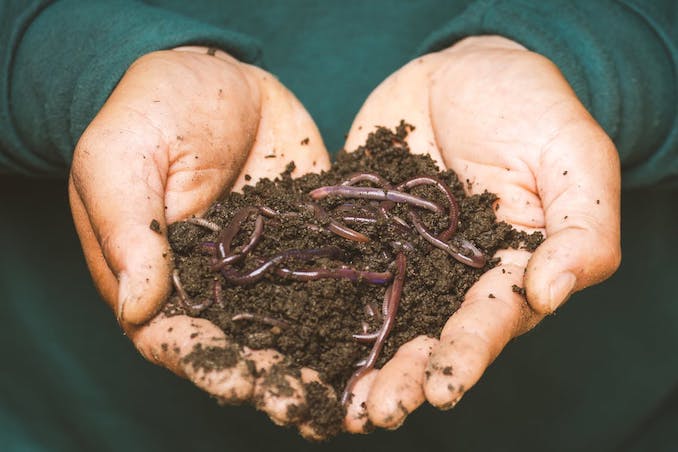Composting is a weird concept, right? Throw your scraps into a plastic bin and let nature do its thing.
But, have you ever really thought about it?
Aside from essentially being a microcosm of the very way the world is meant to work harmoniously, composting is a fun passtime enjoyed by hundreds of thousands around the world. And the best thing? It’s refreshingly easy; you just need the right kit.
It’s mad that more people don’t do it when you consider that 60% of Australian household waste is organic and 10.5 million tonnes of total organic waste goes to landfill.
Organic waste in landfill creates Methane, a greenhouse gas 30 times worse than Carbon Dioxide (CO2). If we all composted this waste, it would be equivalent to taking out the pollution of 750,000 cars off the road.
Composting is a simple and easy way to reduce your household waste and can help mitigate climate change. By using a compost bin in your garden, backyard or balcony, you can create a rich resource for your outside space and divert your kitchen scraps away from landfill.
Here are some super easy ways to go about introducing yourself:
Bunnings Beginner’s Guide to Composting
- Collect your kitchen scraps in a kitchen caddy or indoor composter.
- Add the kitchen scraps to your composter with some ‘brown’ scraps to balance the organic waste. ‘Brown’ scraps can be items from your home or garden such as brown leaves, paper or cardboard. The aim is to get a mixture with a consistency that is neither too wet nor too dry.
- Turn your composter at least 2 – 3 times a week. When adding waste always give it a few turns to air the compost, which helps the microbes and bacteria break down the waste faster.
- Composting can take anywhere from 6 to 12 weeks to mature. Once your compost has turned into a dark crumbly material with a natural earthy smell it is ready to use and can be applied to the surface of your garden/veggie patch or dug into the soil.
What to Compost
Green
Kitchen fruit and vegetable scraps, egg shells, bread, milk, juice, cut flowers, green leaves, grass clippings and green weeds but avoid putting in seeds or runners.
Brown
Brown leaves, dead grass, weeds, paper, cardboard, soil, mulch and sawdust
Never Compost
Chunky meat, cheese, very oily wastes, plastics, weeds, diseased plants, treated sawdust
Handy Tips
- Get the balance of your compost right with a 50/50 mixture of green to brown scraps. With a lot of kitchen waste, you will need plenty of brown material. If your compost is smelly and attracting lots of flies, try adding more brown material.
- If you chop up your food and garden waste it will speed up the composting process.
- Position your composter where it will get the most sunlight – the warmer the location, the faster the compost will mature.

